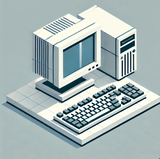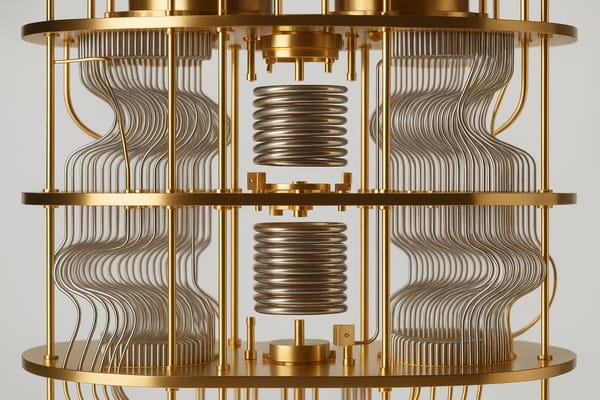Quantum computer generates certified randomness in "critical industry milestone"
Scientists hail "major" achievement as a leap forward with significant implications for the development of quantum privacy and cryptography tech.
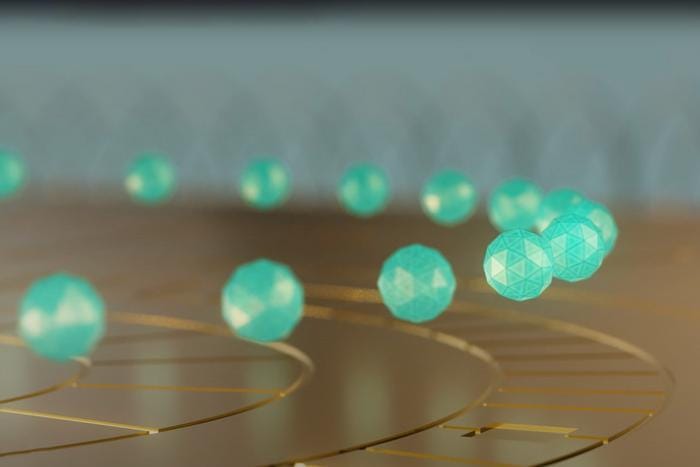
Has humanity reached a "major milestone" in the story of quantum computers?
That's certainly the bold claim from a team of researchers drawn from US universities and the financial giant JP Morgan.
Scientists experimentally demonstrated "certified randomness" using a novel protocol for generating certified random numbers using the 56-qubit Quantinuum H2-1 trapped-ion quantum computer, accessed remotely over the internet.
QRNG involves generating random numbers from a quantum computer and then using a classical supercomputer to prove they are truly random and freshly generated.
The team said the research "may be the first practical application of quantum computers to a real world problem". JP Morgan described it as a "critical industry milestone".
A team made up of representatives from that bank along with Quantinuum, Argonne National Laboratory, Oak Ridge National Laboratory, and the University of Texas at Austin said the project had significant potential applications in privacy and cryptography.
Scott Aaronson, Schlumberger Centennial Chair of Computer Science and director of the Quantum Information Center at UT Austin, invented the certified randomness protocol alongside his former postdoctoral researcher, Shih-Han Hung, who provided theoretical and analytical support to the experimentalists.
"When I first proposed my certified randomness protocol in 2018, I had no idea how long I’d need to wait to see an experimental demonstration of it," Aaronson said. "Building upon the original protocol and realizing it is a first step toward using quantum computers to generate certified random bits for actual cryptographic applications."
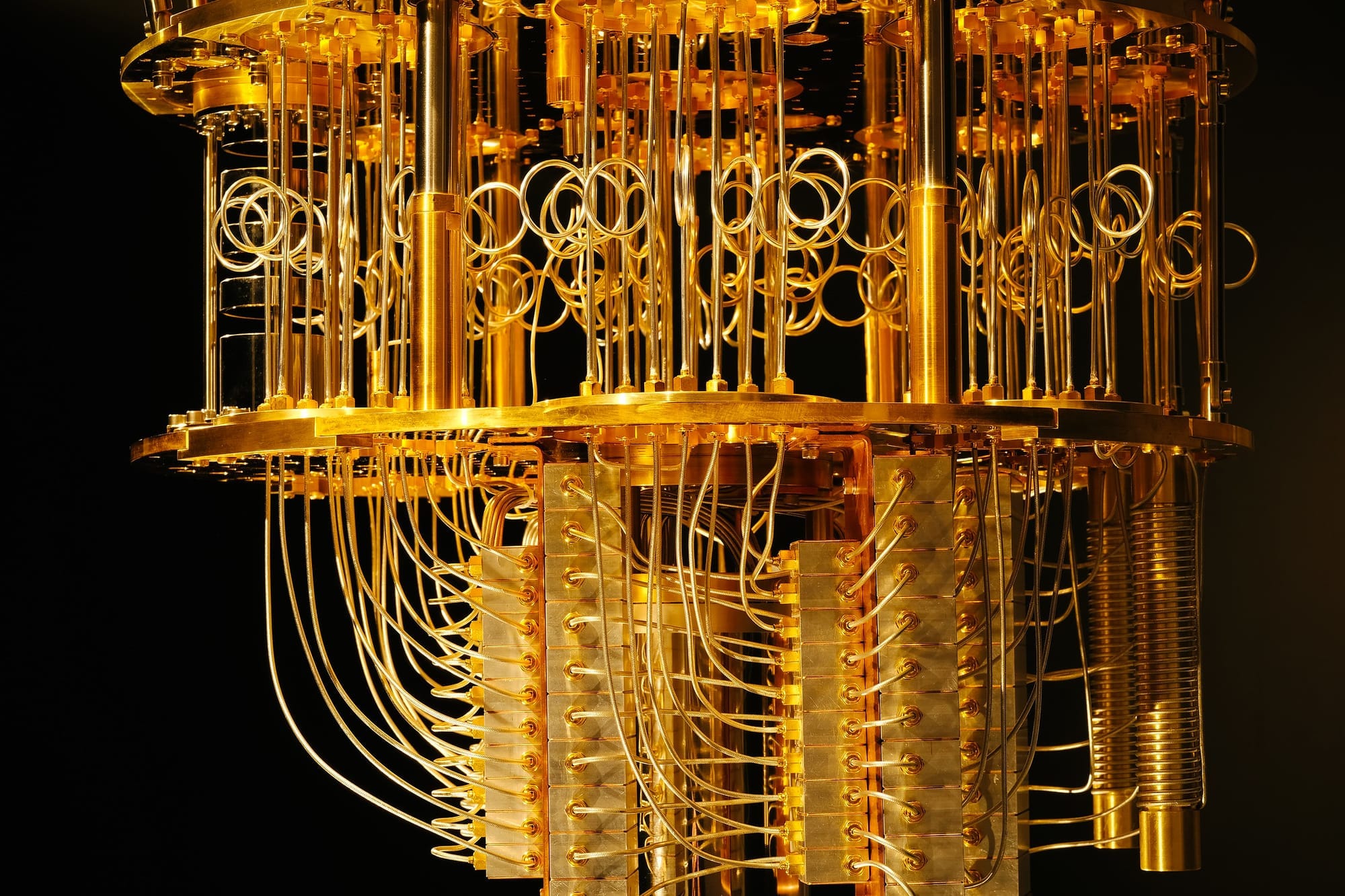
Quantum computers possess computational power far beyond that of even the most powerful classical supercomputers. Last year, a team from Quantinuum and JPMorganChase and another from Google both announced they had achieved "quantum supremacy" by using quantum computers to perform tasks that traditional devices simply could not have coped with.
However, using the power demonstrated in these experiments to solve a practical task remained an "open challenge" until now, the researchers said.
The team leveraged random circuit sampling (RCS) to generate certified randomness - a critical resource in cryptography.
Classical computers cannot generate truly random numbers because they rely on deterministic algorithms, which produce predictable outputs based on initial inputs. They are typically combined with a hardware random-number generator.
However, an adversary could commandeer this generator and use it to provide the computer with numbers that are not fully random, allowing the adversary to crack cryptographic codes.
When the new method is deployed, it would be theoretically impossible for an attacker that "commandeered" the quantum computer to manipulate its output, which would no longer be certified as random.
The protocol consists of two steps. In the first step, the team repeatedly set the quantum computer challenges that it had to quickly crack by picking one of many possible solutions at random.
READ MORE: Microsoft launches quantum chip named after physicist whose death remains a mystery
In the second step, the randomness was mathematically certified to be genuine using classical supercomputers. The team showed that randomness could not be mimicked by classical methods.
Using classical certification across multiple leadership-scale supercomputers with a combined sustained performance of 1.1 x 1018 floating point operations per second (1.1 ExaFLOPS), the team certified 71,313 bits of entropy - which is pretty damn chaotic.
"This work marks a major milestone in quantum computing, demonstrating a solution to a real-world challenge using a quantum computer beyond the capabilities of classical supercomputers today," said Marco Pistoia, Head of Global Technology Applied Research and Distinguished Engineer, JPMorganChase.
"This development of certified randomness not only shows advancements in quantum hardware, but will be vital to further research, statistical sampling, numerical simulations and cryptography."
In June 2024, Quantinuum upgraded its System Model H2 quantum computer to 56 trapped-ion qubits. In partnership with JPMorganChase’s Global Technology Applied Research team, it used this system to perform RCS, a task that was originally designed to demonstrate quantum advantage.
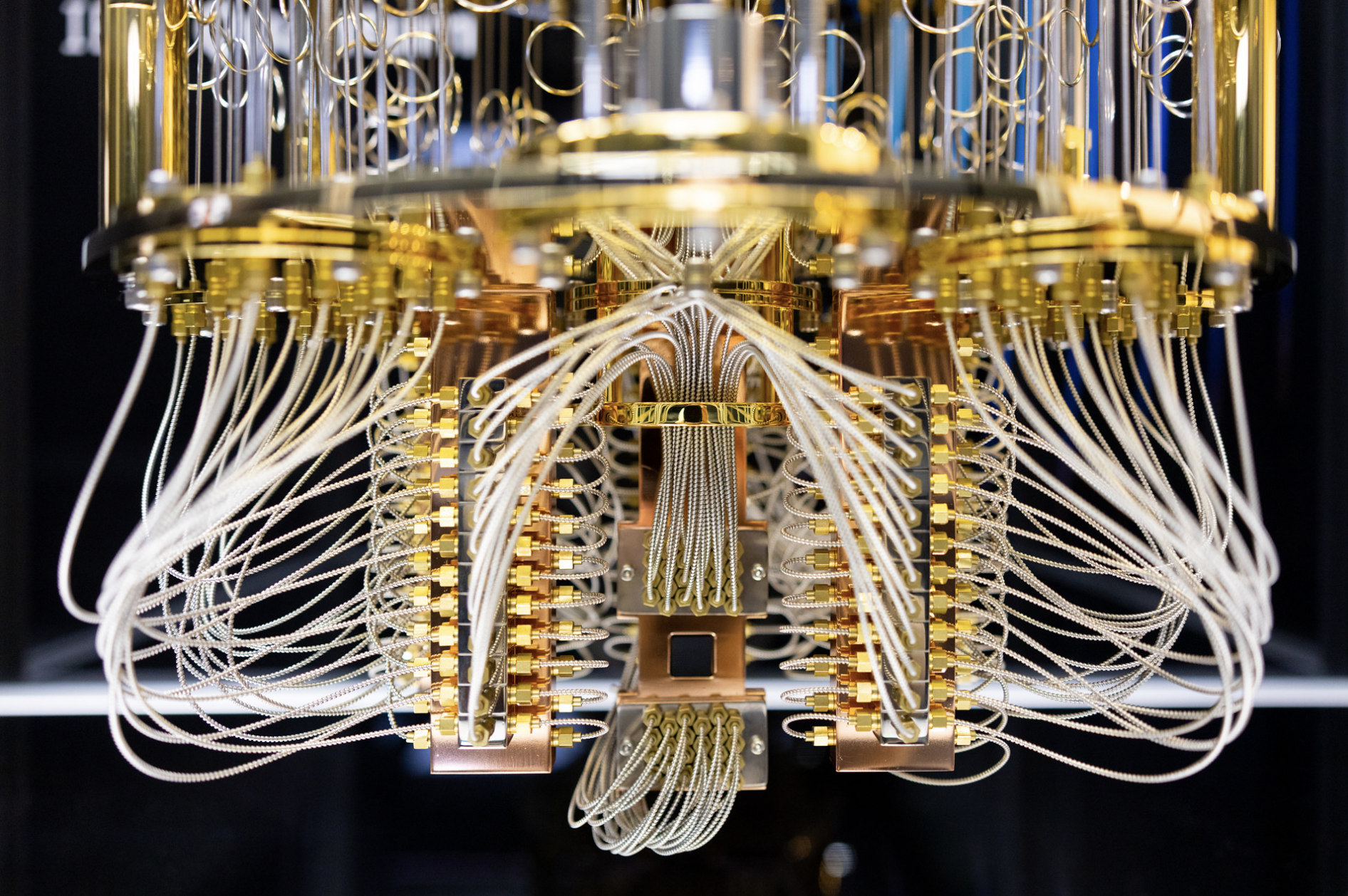
H2 improved on the existing industry state of the art by a factor of 100 thanks to its high fidelity and all-to-all qubit connectivity, leading to the conclusion that the result could not have been obtained on any existing classical computers. This upgrade, combined with Aaronson’s protocol, led to the breakthrough.
"Today, we celebrate a pivotal milestone that brings quantum computing firmly into the realm of practical, real-world applications," said Dr. Rajeeb Hazra, President and CEO of Quantinuum. "Our application of certified quantum randomness not only demonstrates the unmatched performance of our trapped-ion technology but sets a new standard for delivering robust quantum security and enabling advanced simulations across industries like finance, manufacturing and beyond. At Quantinuum, we are driving pioneering breakthroughs to redefine industries and unlock the full potential of quantum computing.”
The experiment was conducted using the world-leading US Department of Energy computing facilities at Oak Ridge National Laboratory, Argonne National Laboratory and Lawrence Berkeley National Laboratory.
Travis Humble, director of the Quantum Computing User Program and director of the Quantum Science Center, both at ORNL, said: "Such pioneering efforts push the frontiers of computing and provide valuable insights into the intersection of quantum computing and high-performance computing."
The new paper in Nature was less hyperbolic than the press release, describing the world as "a step towards the practical applicability of present-day quantum computers".
Have you got a story or insights to share? Get in touch and let us know.
